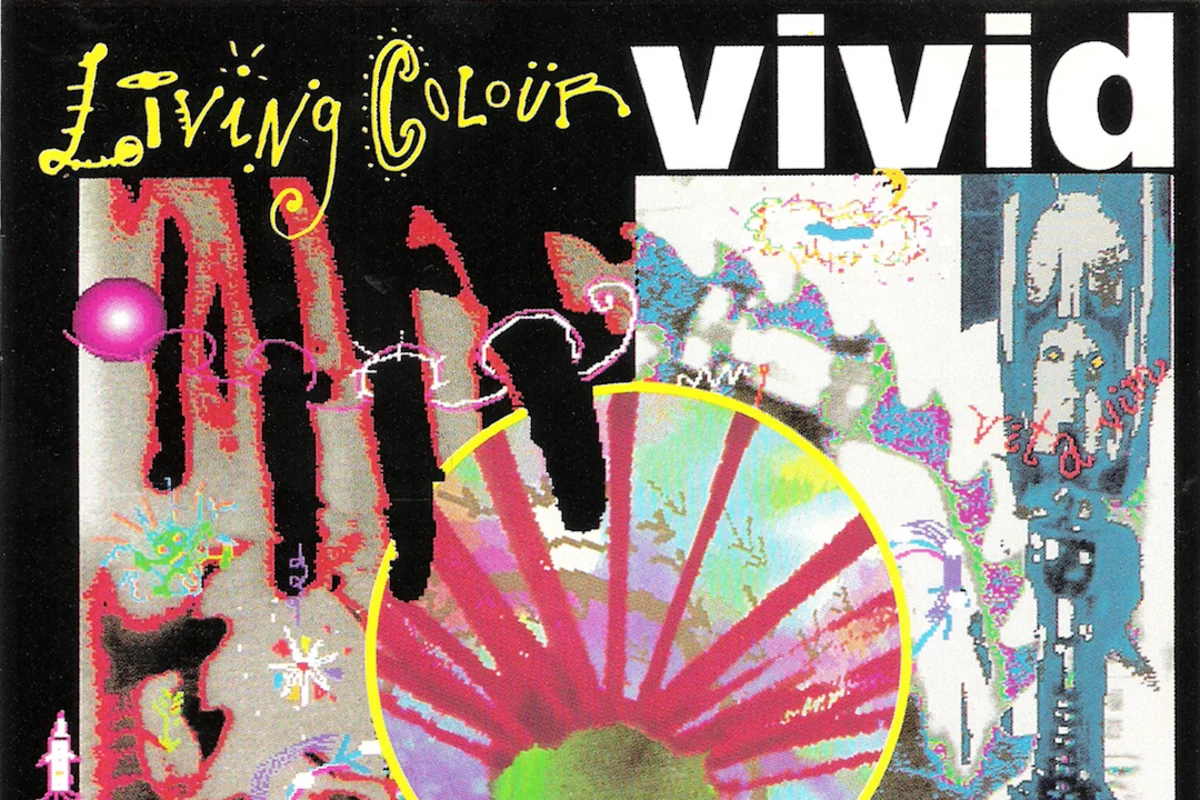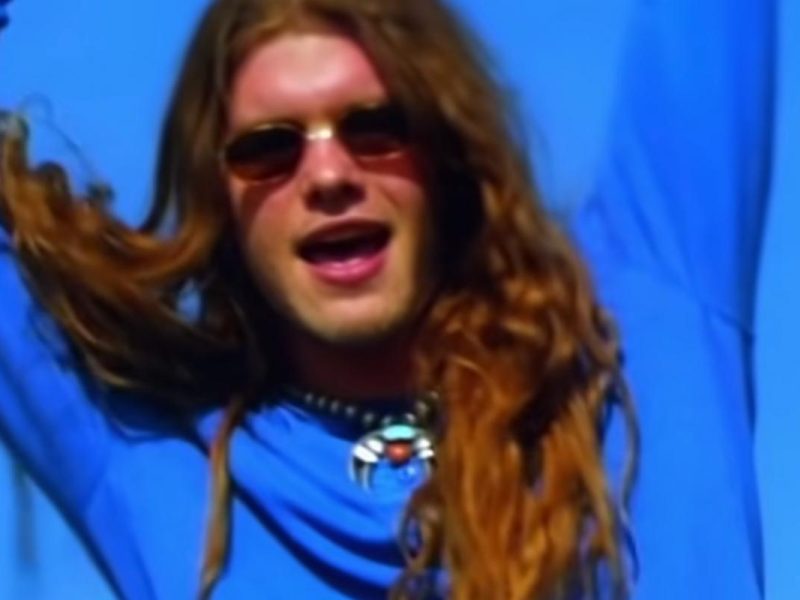With “Cult of Personality”‘s thunderous opening riff, followed by a crushing onslaught of drums and bass behind a volcanic Corey Glover vocal, Living Colour’s breakthrough song kicked in the airwaves during the summer of 1988 with a fresh, aggressive sound. Even if the band was brand new to listeners, their success arrived after years of hard, patient work.
The instantly recognizable sound didn’t come together overnight. Spearheaded by guitarist Vernon Reid, Living Colour started gigging around New York City during the mid-’80s. In its earliest incarnations, the band functioned as a constantly shifting outgrowth of Reid’s restlessly eclectic artistic pursuits, with material that was just as likely to incorporate hard rock and punk elements as it was to draw on the experimental jazz sounds of his work with artists like Ronald Shannon Jackson and Bill Frisell.
But by 1986, the band started to solidify, with Glover’s addition followed by bassist Muzz Skillings and drummer Will Calhoun anchoring the rhythm section, and a series of regular gigs at CBGB that helped hone their blend of funk, hip-hop, hard rock, metal and jazz into material with broad-based appeal.
It was also during this period that Reid picked up a gig playing rhythm guitar during the sessions for what would become Mick Jagger’s 1987 solo album Primitive Cool – a fortuitous meeting that led to Jagger attending one of Living Colour’s shows and coming away so impressed that he decided to pause work on his own record for a week and produce some demos for the band.
The Rolling Stones frontman’s enthusiastic patronage piqued label interest and, before long, Living Colour had a deal with Epic Records, where they set up shop with producer Ed Stasium to record Vivid. Released on May 3, 1988, the album broke into the Top 10 on its way to selling two million copies and winning a Grammy for the Top 20 hit “Cult of Personality.”
Watch Living Colour’s ‘Cult of Personality’ Video
Subsequent singles failed to gather as much momentum on the pop charts, as the Jagger-produced “Glamour Boys” stalled out in the lower reaches of the Top 40 and “Open Letter (To a Landlord)” barely dented the Hot 100. Still, they were all solid rock-radio hits with thought-provoking lyrics lending an extra dimension to the arrangements’ heft.
The stage seemed set for the band to enjoy a long, successful run, but the ’90s proved surprisingly turbulent for Living Colour. Even though their next release, 1990’s Time’s Up, went gold and earned the group another Grammy, Skillings departed prior to 1993’s Stain and, by 1995, they’d broken up completely. Reid and Glover pursued solo careers, while Calhoun formed a short-lived group with Herb Alpert and Skillings’ replacement, Doug Wimbish.
But fans never stopped hoping for a reunion, and in 2001, the Reid/Glover/Wimbish/Calhoun lineup got back together to begin work on their fourth studio album, Collideoscope. Released in 2003, it heralded a new beginning for Living Colour, and the band cemented its return with 2009’s The Chair in the Doorway, which was followed by a lengthy world tour.
Meanwhile, as the cult of Vivid – and “Cult of Personality” – continued to grow, the band reunited again for a 25th-anniversary celebration of the album. They then began work on a promised blues-inflected album. “It feels good that we are making some noise again, because we haven’t played a band in some time,” Glover said in a 2013 interview. “We were all representing Living Colour but not being Living Colour.
“This is the first time in a long time that we are all here doing Living Colour stuff,” he added, “and it feels good. We needed the hiatus from that. This now feels really good and fresh again.”
Top 100 ’80s Rock Albums
UCR takes a chronological look at the 100 best rock albums of the ’80s.
You Think You Know the Rolling Stones?



